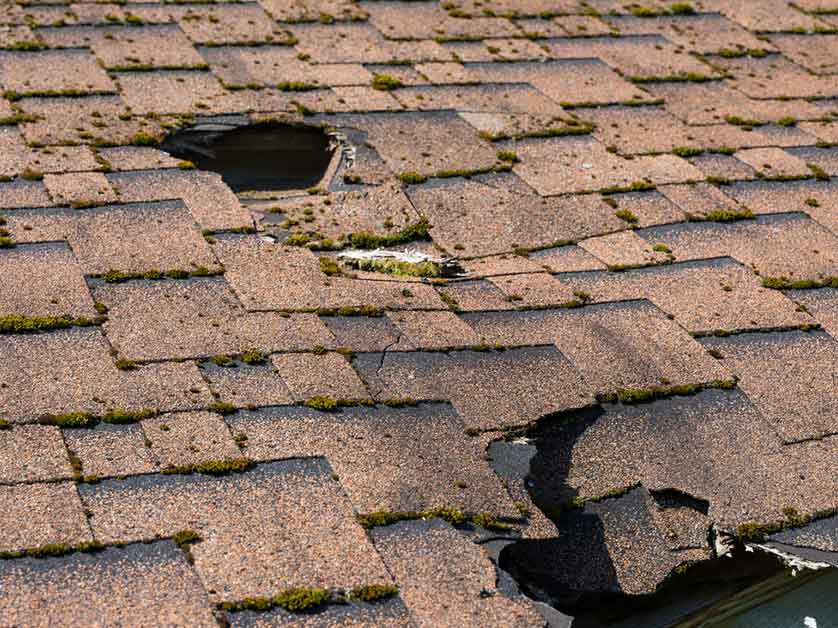Roof rot is a common issue that homeowners face, but not all rot is the same. One type, known as “dry roof rot”, can be particularly troublesome. Understanding the causes, signs, prevention, and treatment of dry roof rot is essential for maintaining a durable and safe roof. Local roofer company Jack the Roofer explains what you need to know.
Causes of Dry Roof Rot
Dry roof rot is typically caused by a type of fungus known as serpula lacrymans, often referred to as the “house-eating fungus” due to its destructive nature. This fungus thrives in conditions with high humidity and poor ventilation, making roofs in damp and rainy regions more susceptible to dry rot. It primarily affects wooden structures by breaking down the cellulose and lignin in wood, causing it to become brittle and crumbly.
Signs of Dry Roof Rot
Watch out for these indicators:
- Brittle, Cracking Wood. One of the first signs of dry roof rot is the wood becoming brittle and prone to cracking. You may notice small, rectangular cracks in the affected area.
- Fungal Growth. Dry rot often appears as white, gray, or yellowish fungal growth on the wood. This growth may feel spongy when touched and has a musty odor.
- Wood Decay. As the rot progresses, the affected wood becomes soft, losing its structural integrity. You might be able to push a screwdriver or finger into the wood easily.
- Red Dust. In its advanced stages, dry rot may produce a red, powdery substance known as spore dust. This dust is a clear sign of a severe infestation.
Preventing Dry Roof Rot
Prevention is key to avoiding dry roof rot. Here are some tips to help prevent it:
- Ensuring Proper Roof Ventilation. See to it that your roof has adequate ventilation to minimize humidity and prevent moisture buildup.
- Scheduling Regular Roof Inspections. Work with a reputable roofer company who can catch minor roofing issues before they become a headache to deal with.
- Keeping Up With Gutter Maintenance. Keep your gutters clean and free from debris to prevent water from overflowing and causing moisture-related issues on your roof.
- Addressing Leaks Promptly. If you notice any leaks or water damage, address them immediately to prevent the growth of dry rot.
- Using Treated Wood. If you have plans to install a new roof, make sure that its structural supports are made of pressure-treated or rot-resistant wood materials to make it less susceptible to dry rot.
Treating Dry Roof Rot
If you suspect or have confirmed dry roof rot, it’s crucial to address it promptly. Treatment may involve removing and replacing the affected wood and addressing any underlying moisture issues. In severe cases, you might need to consult a professional roofer or pest control specialist for comprehensive treatment and repairs.
Turn to the Trusted Roofer in Parker, CO!
Never underestimate the potential damage this fungal foe can unleash on your roof. Understanding and promptly addressing dry roof rot is imperative for all homeowners in Parker and Denver, CO. Regular inspections, proper ventilation, and prompt maintenance are key to preventing dry roof rot. When identified, addressing the issue promptly and thoroughly is essential to protect your home’s structural integrity and safety.
Trust only a professional roofer to handle dry roof rot. Get in touch with Jack the Roofer by calling (720) 722-2255 to schedule a free roof inspection. You can also reach us online and we’ll get back to you.

